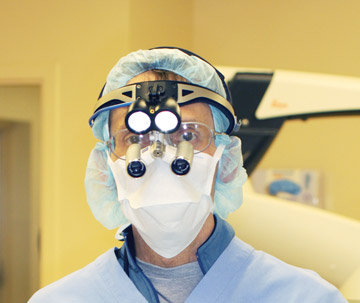Your surgeons might have the greatest training, the most accurate technique and work with cutting-edge equipment, but they can’t fix what they can’t see. Lighted instruments — retractors, suctions and drop-in devices — solve visualization issues deep within body cavities by letting surgeons focus bright light exactly where they’re working.
Lighted instruments have been around for a while, but their designs continue to improve. Surgeons now have the ability to choose between acquiring specialized instruments that have built-in lighting, or lighting attachments that fit to their existing instruments. They’re available in single-use and reusable versions.
Some new battery-operated instruments don’t require a corded connection to a power source. “Our colleagues in the colorectal surgery world have always had a retractor that comes with a light, but they had to plug it into a machine,” says Sam Siddighi, MD, chief of female pelvic medicine and reconstructive surgery at Loma Linda (Calif.) University Health. “There were wires, and you don’t always want to use something that’s tethered.”
The lighted instruments he uses, by contrast, offer complete freedom of movement. “I just attach the light to my retractors and use it during surgery,” he says. “It’s battery-operated, and you can move it from one retractor to another as needed.”
When Dr. Siddighi first began using lighted instruments, his lighted suction wasn’t optimal because it wasn’t as bright as he needed it to be. But his new tools, which feature brighter LED lights, have addressed that issue.
.svg?sfvrsn=be606e78_3)

.svg?sfvrsn=56b2f850_5)